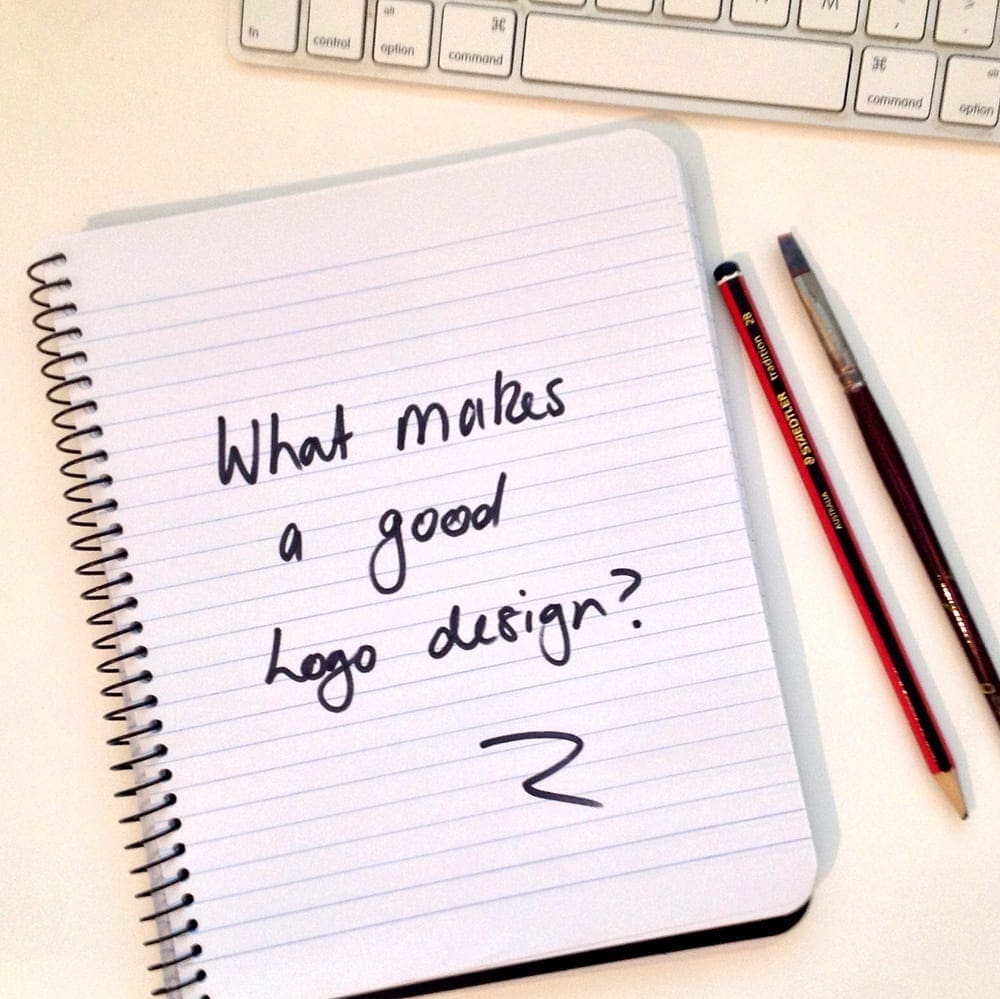An eye-catching logo is vital for any business, since first impressions count and potential customers are likely to make a decision on your business often in a matter of seconds. Thus, considering the importance of branding one often wonders what actually makes a good logo design?
In general, without being too technical, an effective logo must be enduring, distinctive, appropriate, graphic, practical, convey an intended message and simple. That is simply because “simplicity” of design enables easy recognition, allowing the logo to be memorable and versatile, yet not overdrawn.
Enduring
It follows that a logo should be enduring, standing the test of time. It should be “future proof”, meaning it will remain effective in 20 or even 50 years’ time. A good example of this is the Coca Cola logo, which hasn’t changed much since its first appearance in 1887.
Trends come and go, but the keyword for your brand is longevity.
Distinctive
A clear and timeless identity must catch the viewer’s eye while travelling through the city centre and catching a glimpse of it on an advertising hoarding, or on the supermarket shelf, or on any other advertising media. This uniqueness or distinctiveness is what separates the good from the bad.
Thus, a logo should be versatile, working across a variety of applications and mediums, both horizontally and vertically. The test is whether it’s still easily identifiable when printed the size of a postage stamp, the size of a large billboard, in one colour or in reverse, such as a light-coloured logo on a dark background, for example.
Appropriate
A logo should be appropriate for its purpose. For example, a logo for a toy shop could be designed in a colourful and fun way while this would be an inappropriate design for a logo for a firm of solicitors.
Remember that the design of the logo can be more important than the subject matter and shouldn’t be taken for granted. This doesn’t mean the content can be inappropriate either, rather the distinctiveness and clarity of both the design and its content is paramount.
Graphic
Graphic, visual, symbolic, illustrative, or pictorial are some of the words that can be used to describe a good logo design. Consequently, a logo doesn’t necessarily need to show what a business offers as a service or sells. Instead, it is purely to identify a brand. For example, a logo for a car doesn’t need to show a car. This is backed up by the fact that when looking at the top 50 brands in the world, 94% of the logos don’t show what the company actually does.
Practical
Above all, the logo for any professional business must be practical and therefore actually look professional, no matter what the business. While businesses invest money and time in premises, equipment and personnel, this often isn’t matched by suitably investing in a logo.
Designing and printing a logo yourself may save a little money, but can look amateurish. If you want your business to be taken seriously, it’s a false economy and results in potential customers associating a second-rate logo with the quality of your company. This could mean employing the services of a professional graphic design company like Internet Creation.
Whatever you decide, the bottom line is to attach as much importance to your logo as you do to other aspects of your business – it’s the point of recognition which is pivotal to your branding.
Internet Creation Ltd. specialises in Web Design & Development, Graphics Design and Digital Marketing (SEO & PPC). For more information on how we can help your business, email [email protected].





